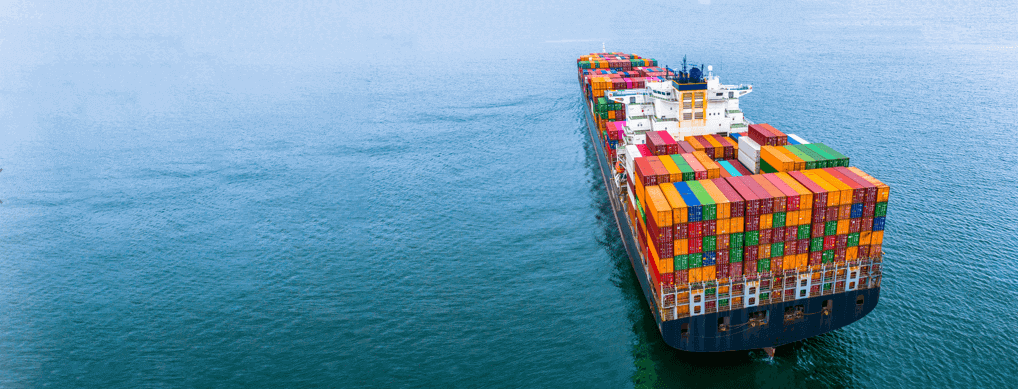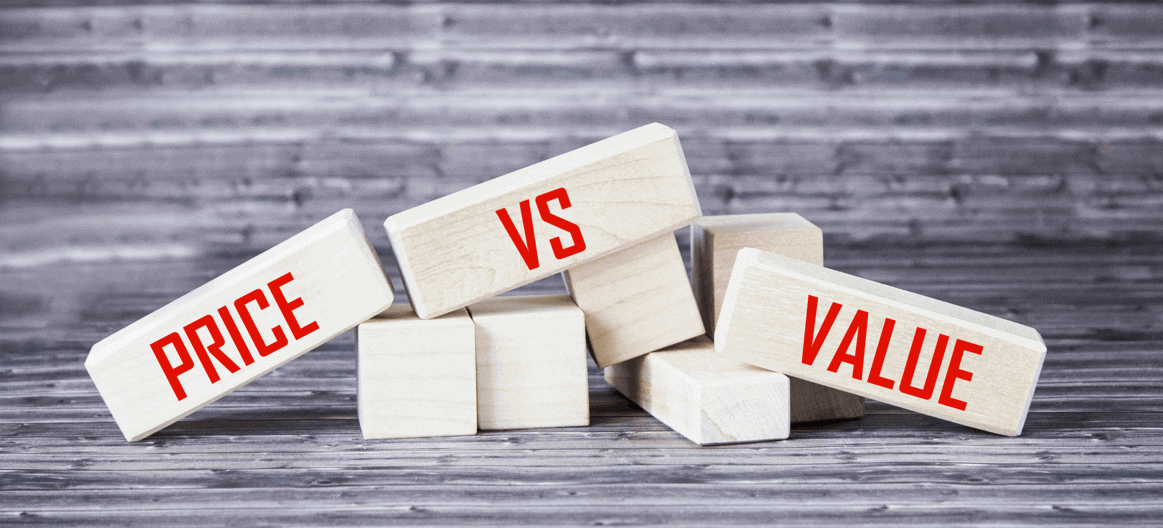3 Things You Should Know Before Importing Hydraulic Tools

The global sourcing strategy of importing hydraulic tools from China has proven to be a successful one. It has allowed companies to lower their costs while maintaining high-quality standards.
- The supply chain integration in China allows factories to purchase a full range of parts from local suppliers at reasonable prices. The industrial zone has a full range of parts factories, Springs, forged parts like pistons, rubber oil bags, seal kits, castings dies and so on.
- In the past few years, the Chinese government has been taking a series of measures to support exports. It has set up export tax rebates, marketing subsidies, export insurance and exchange rate control to encourage Chinese companies to export their products.
- The ports in China are mainly located on the coast, so it is convenient for transporting goods. Moreover, there are many ports, and the main hydraulic tools export cities have export ports nearby. Therefore, it can reduce transportation costs.
- China has 1.4 billion people, the most significant labour force globally. In addition, China has many front-line workers, low labour costs and strong manufacturing capabilities, which makes it an ideal country for factories to set up.
1. Analyze all the costs to import from China
2. Pay attention to the requirements corresponding to the various modes of transport
3. Carefully learn the labelling/marking request

Analyze all the costs to import from China
When importing goods from China, there are more risks than just buying locally. To deal with these effectively, you need to understand the different costs and what they mean for you.
The importing cost mainly is made up of shipping costs, insurance, broker fees and customs duty.
The cost of importing various goods varies depending on the type of goods, origin, and destination country. It is also affected by how you are transporting it. The Harmonized System (HS) code determines the rate at which it will assess your duty.
Form E (ASEAN-China Free Trade Area Preferential Tariff Certificate of Origin) is a certificate needed to import goods from China into ASEAN member countries. With FORM E, the preferential tariff rate is lower than the general tariff rate, and it applies to imports by Indonesia, Malaysia, Thailand, Vietnam, etc.
When exporting to the European Union, you need a Certificate of Origin Form A for your beneficiary country. For a similar circumstance in the China-Chile Free Trade Agreement, you would also require Certificate of Origin Form F.
Customs brokers can be helpful with understanding trade terms and certificates.
If you’re importing many products, you have to hire an agent or freight forwarder to help with customs clearance and logistics. The usual expenses include fuel and port fees, terminal handling, dock charges and broker fees. The cost varies per shipment depending on the size or weight of your product.

Pay attention to the requirements corresponding to various modes of transport
Shipping is one of the most critical processes. Therefore, you need to be aware of different shipping requirements depending on your chosen method.
Ocean shipment
Ocean shipping is a common and well-known type of shipment. However, as some hydraulic tools contain hydraulic oil, carriers may require MSDS reports to check if they accept the shipment.
Batteries are not allowed for ocean freight because of fire or explosion risk.
Air shipment
Goods are transported by planes or small commercial vehicles for air shipment. Oil needs to be pulled out of tools before shipping if they contain oil.
If the hydraulic oil must contain oil, Certification for safe transport of goods is Mandatory required, and usually, it costs around $110-$250.
Motor pump air shipment requires a Certificate of Magnetic Material, and it usually costs per weight.
Batteries are not allowed for air freight.
Courier shipment
Couriers such as DHL / UPS / FedEx will handle everything and deliver it to your door. It will save you a lot of time. Same as air shipment, courier shipment also require Certification for safe transport of goods for tools containing oil. Most hydraulic tools are made of heavy steel, leading to much higher shipping costs than the item cost. As a result, it’s not a good choice for dropshipping businesses.
Hydraulic tools containing batteries can be shipped via a professional courier specialising in transporting these products.
It is vital to recheck the prices before your delivery. Ocean freight and air shipping prices fluctuate every week due to season, distance from the port, or additional services. It is also worth checking for discounts offered by carriers periodically throughout the year to ensure you get a good deal on shipment costs!

Labelling/Marking requirements
In the European Union, many products must carry the CE mark. Electrical appliances, machinery and other products may require CE marking. The CE mark indicates that a product sold within the EU meets health and environmental standards and is safe. A product’s compliance with the requirements of the EU Directive is the mark of the manufacturer.
And EAC mark is equivalent to the CE mark in the Eurasian Economic Union.
All goods in circulation in the Eurasian Economic Union must be marked appropriately, except for certain products to which the EAC (and GOST) regulations do not apply and whose status must be certified by a letter of exemption. Negligence or errors may result in administrative penalties or confiscation of goods. Therefore, be careful of such requirements for goods shipped to Russia.
Shipping from China to the US, the USA introduced a strict “Made in China” label for imports.
According to the US Customs border requirements, goods shipped to the US through various channels must be labelled “Made in China” on the outer carton and product. Otherwise, local imports are not allowed! As a result, you may face the risk of return, confiscation of goods or fines!
Many countries/regions have requirements on labelling products to inform customers of the product’s origin. Some labels may relate to the country of manufacture, safety requirements, materials, product information, warning labels and user instructions. If the shipment is not labelled, the shipment will be detained or returned by local customs or face penalties for special marking duties.
Product marking is attaching information to a product that identifies the product’s producer and other essential details. There are different standards for labelling products in different parts of the world to ensure that the product is properly labelled for each country. Check detail with Customs and brokers before laying the order.
Conclusion
You have learned what to consider before importing hydraulic tools from China. We hope this article helped you understand better. If you want to learn more about importing hydraulic tools, don’t hesitate to contact us!


